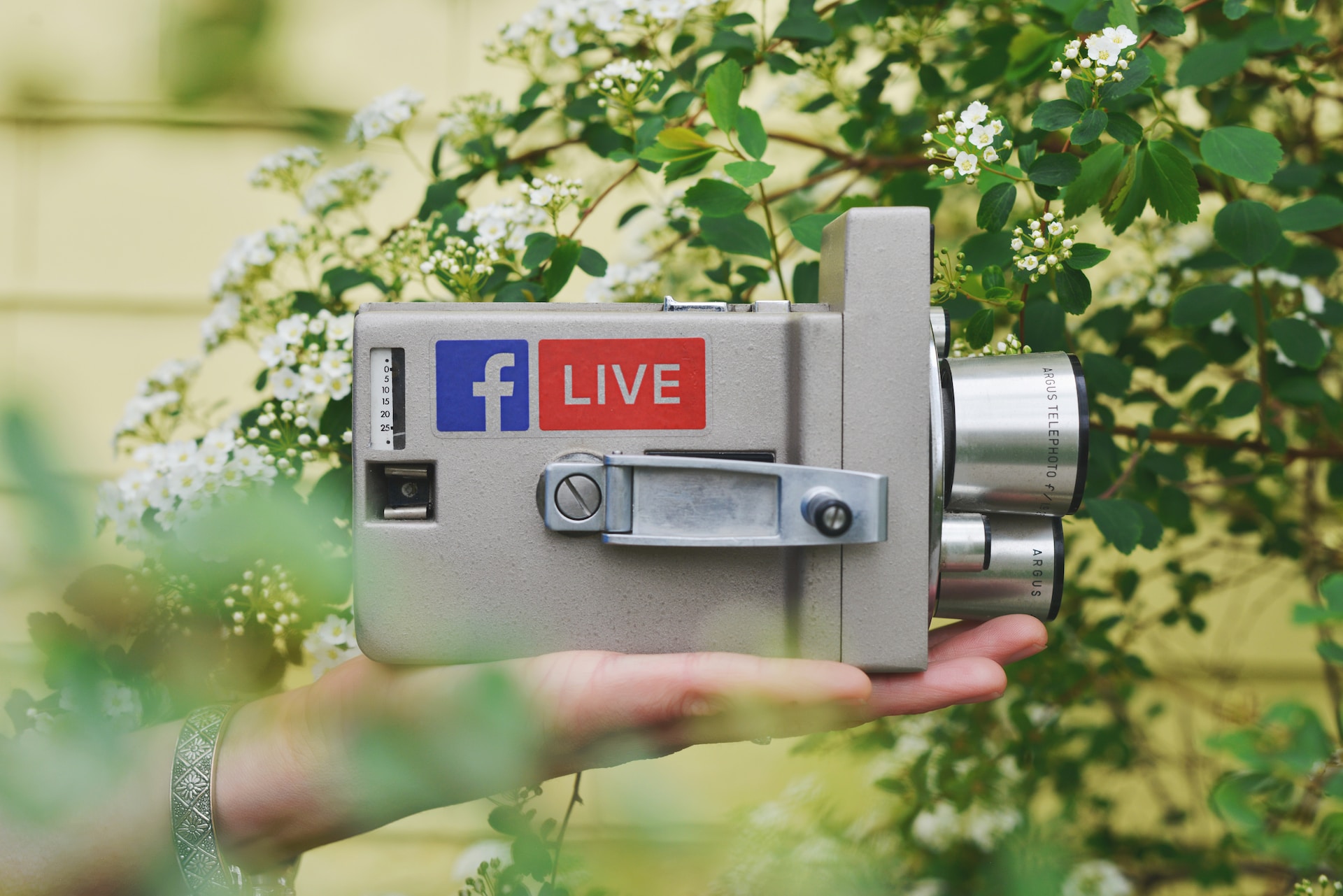Staying Visible and Relevant: Social Media Algorithms by Platform
By Inspira Marketing
December 15, 2023
By Inspira Marketing
December 15, 2023
We’ve all heard “the algorithm” discussed in hush, reverent tones on social media. “Blame the algorithm,” “we musn’t displease the algorithm,” and “Dear Algorithm, please bring me X kind of content.”
But how do we as marketers actually connect with the algorithm? How do we make sure our content is seen as valuable, educational, or fun?
Today we’re taking a look at the largest social platforms that our team utilizes daily, like Facebook, Instagram, and TikTok. We’re outlining why algorithms are valuable, how they change from platform to platform, and offering a few tips for how to please these fickle machines.

The algorithm isn’t a deity, or even an artificial intelligence in the definitional sense. A social media algorithm is just an automated system of “if/then” statements designed to determine the order and visibility of content in a user’s feed on social media platforms. Systems that can be tweaked often to customize what users see.
These algorithms analyze trending factors to personalize and optimize the content users are getting. Algorithms can be examined, understood, and even manipulated by savvy marketers.
What is “the algorithm?” Social media algorithms act as filters, organizing extensive content to help users efficiently discover and engage with material that aligns with their preferences.
How does the algorithm know what to show users? Algorithms record and analyze user data to personalize content. The more the user clicks, likes, shares, and even just looks at certain content, the more that content gets served to them. This enhances user engagement and provides a bespoke social media experience. It’s like everyone has their own little curator.
Why are algorithms so important to marketing? Leveraging social media algorithms is crucial to maximizing organic reach. Algorithms refine content distribution based on user engagement, leading to increased visibility and organic growth.
The more valuable your content is to the algorithm, the more attention you get, the more valuable the algorithm decides your content is, and it keeps going.
Important note: not all social media algorithms are the same, but they aren’t all different either. While the algorithms do vary across social platforms, they all share a foundation in machine learning and use a set of criteria known as ranking signals.
Examples of signals used by algorithms include: Content type, location, profile authority, recency, relevance, timing and frequency, user engagement, user interactions, virality, and watch time.

Let’s get into the specifics: what are the key differences in the algorithms of the big social media platforms?
Perhaps one of the more complex, Instagram’s app is divided into three main sections: feed, explore, and reels. Each has a unique algorithm for personalized content.
Instagram Feed and Stories. Users find recent content from followed accounts and suggestions based on past engagement. The algorithm considers factors like your activity, interaction history, and post details to ensure a uniquely tailored feed.
Instagram Explore. Explore showcases new content from profiles you do not follow with personalized recommendations based on recent activity like views, likes, and comments.
For example, if you liked reels from @BrandA, the algorithm suggests content from accounts (which are also followed by @BrandA’s followers).
Instagram Reels. This algorithm is designed for entertainment. Reels also showcases content from accounts you do not already follow. The algorithm arranges Reels based on perceived interest. This can favor smaller creators, though that statement might start a fight with some of your social media marketing friends.
The algorithm predicts user engagement, including whether users are likely to watch a Reel entirely, engage with a reel, or further explore the audio used within a Reel.
Having over 3 billion active users, Facebook still holds the crown as the largest social media platform.
Much of its success comes from the way the platform continually refines its approach. Here are the most recent factors the algorithm considers:
Facebook Friends and Followers. Content from friends and followed pages take precedence, forming the backbone of Facebook’s content prioritization.
Level of Engagement. Higher engagement is measured through likes, shares, and views. This engagement is the key driver for the Facebook algorithm, boosting content visibility significantly.
Content Type Preference. Your preferred content format influences your feed: these preferences come from how you interact on the platform. Engaging more with a format, such as reels, prompts the algorithm to feature more of it in your feed.
Quality Matters. Authentically, informative, and accurate content is frequently rewarded.
TikTok’s algorithm succeeds through its personalized For You Feed, shaped by your preferences and interactions.
User Interactions, Accounts, and Location. Your engagement (likes, views, shares, comments, searches, and interactions) molds your feed. The accounts you follow, along with suggested ones, play a vital role, too. On TikTok, the popularity of content in your region also influences what appears in your feed.
Video Details. As a video-based platform, TikTok analyzes your video content thoroughly. There’s no room for gaps here. Video quality, captions, sounds, and hashtags help decide whether content sinks or swims.
Watch Time. Again, if people are watching your videos, TikTok’s algorithm rewards you. The number of replays on videos on your feed and completed videos hold significant weight, massively impacting where your content goes and who sees it.
TikTok’s distinctive ranking factors prioritize new content over followers, too. Fresh content, daily content, hourly content, makes the TikTok algorithm happy.

Looking for more tips, or help creating a strategy to show that algorithm who’s boss? Click the button below to talk to our social team at Inspira Marketing.
This article has been published in the Association of National Advertisers (ANA) Marketing Knowledge Center. Click here to visit their blog.